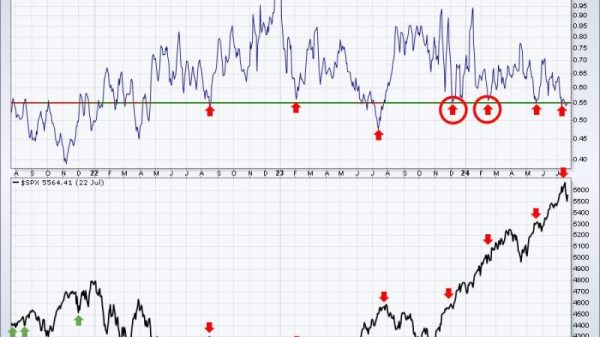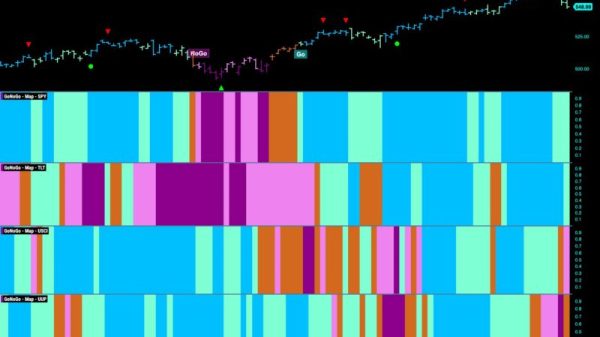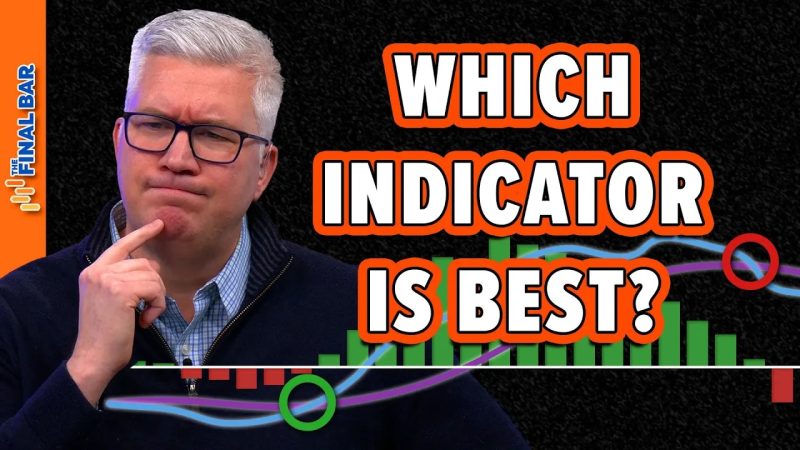Technical Indicator Showdown: MACD vs PPO vs PMO
MACD (Moving Average Convergence Divergence), PPO (Percentage Price Oscillator), and PMO (Price Momentum Oscillator) are among the most popular technical indicators used by traders to analyze price trends and make informed trading decisions in the financial markets.
MACD, developed by Gerald Appel in the late 1970s, represents the difference between a fast exponential moving average (EMA) and a slow EMA of the price. The indicator oscillates above and below the zero line, generating buy and sell signals when the two lines cross. Traders often use the MACD histogram, which represents the difference between the MACD line and the signal line, to anticipate changes in trend momentum.
PPO is a variation of MACD that calculates the percentage difference between two EMAs rather than the actual difference. This normalizes the indicator and makes it easier to compare across different securities. PPO can be more responsive to short-term price changes compared to MACD, providing traders with timely signals when momentum shifts.
PMO, introduced by Carl Swenlin in the 1990s, is a momentum oscillator that measures the rate of change in a security’s price. It uses a combination of price and volume data to generate signals based on the difference between the current price and a specific moving average. PMO is known for its sensitivity to price changes and can help traders identify potential trend reversals before they occur.
When comparing these three indicators, traders should consider their strengths and weaknesses to determine which one best fits their trading style and objectives. MACD is widely used for its simplicity and effectiveness in capturing trend changes, while PPO can provide more timely signals due to its percentage-based calculation. PMO, on the other hand, offers a unique perspective on price momentum and can be particularly useful for identifying early trend shifts.
Ultimately, the choice between MACD, PPO, and PMO depends on the trader’s preference, risk tolerance, and familiarity with each indicator. By incorporating these technical tools into their analysis, traders can enhance their decision-making process and increase their chances of success in the dynamic world of financial markets.





























